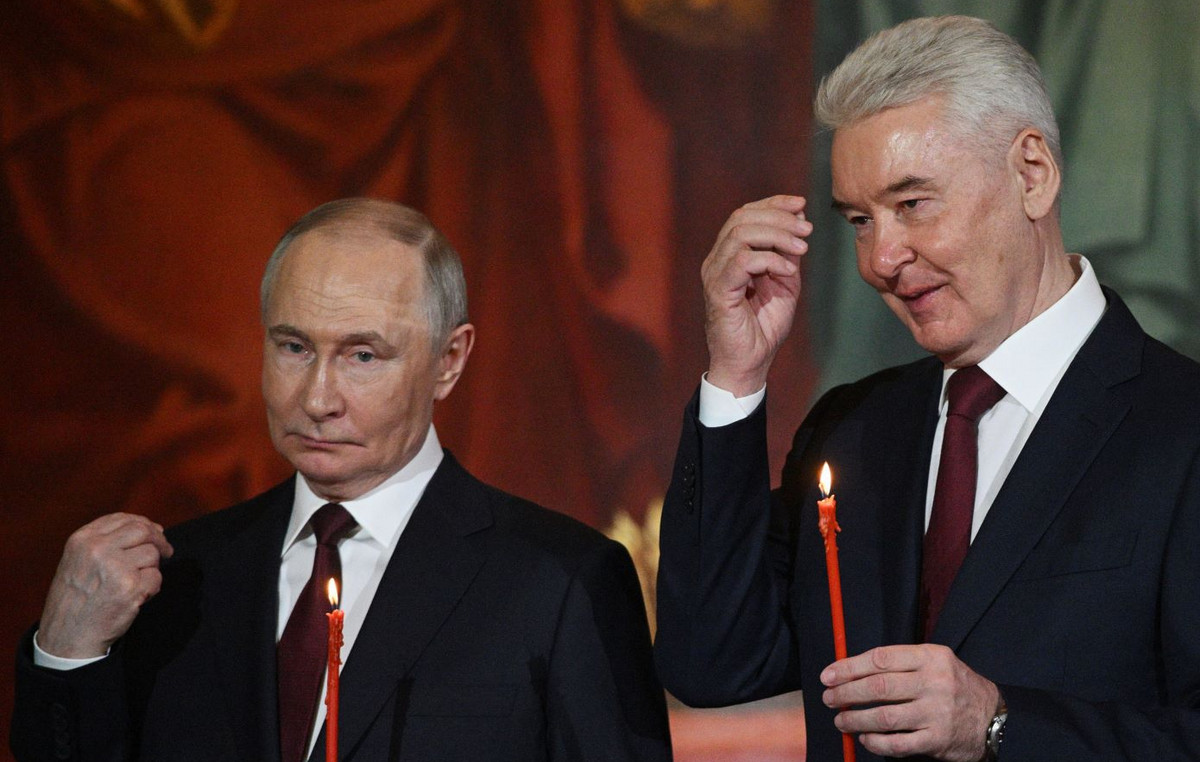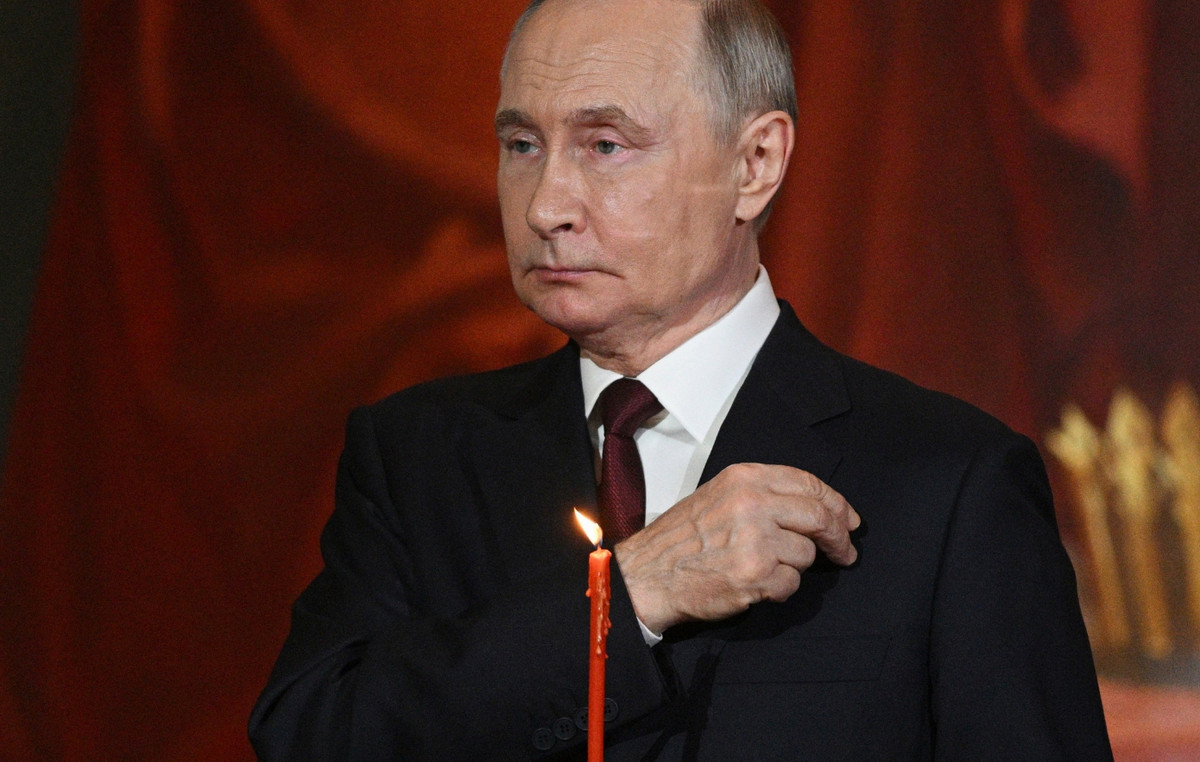- Nvidia and AMD collapse more than 6% after the US imposes export license restrictions; Losses could exceed 6.3 billion dollars together.
- USA launches a rare mineral investigation, pressing global allies to block Chinese shipments.
- Strong retail sales compensated by weak industrial production; Fed’s probabilities are still low before Powell’s speech at 17:30 GMT.
The Dow Jones industrial average (DJIA) records minimum losses in the North American average session, since companies linked to semiconductors such as NVIDIA and AMD were affected by tariffs imposed by the president of the United States (USA), Donald Trump. The Djia is down 0.46% above 40,100 per second consecutive day.
Djia drops 0.46% while US export restrictions to China affect semiconductor actions; The feeling of risk weakens in the midst of rare mineral research
The US shares remain stable, particularly the Nvidia and AMD chips manufacturers, since the US government issued new export license requirements to send chips from the US to China. Therefore, Nvidia and AMD collapsed more than 6% respectively. Reuters revealed that these measures will affect both companies.
“Nvidia said she faces charges of 5.5 billion dollars after restrictions, while AMD said she expects an impact of 800 million dollars,” according to Reuters.
The appetite for the risk became negative after the US launched an investigation into rare minerals after the announcement of export controls by China. The US is trying to isolate China, asking more than 70 countries that do not allow China to send goods through their territories.
In the data front, US retail sales exceeded estimates, while industrial production contracted a monthly 0.3%, more than 0.2% expected by analysts, according to the US Federal Reserve (Fed).
The data did not move the indicator with respect to market pricing on rates cuts by the Fed. According to the CME Fedwatch tool, operators see 18% probability that the FED reduces rates at 25 basic points at its May meeting.
Looking ahead, operators are attentive to the speech of the president of the FED, Jerome Powell, at 17:30 GMT, looking for clues on the path of interest rates.
Dow Jones price forecast
The Dow Jones has a bearish trend, although the bulls have managed to maintain profits above 40,100. However, the impulse seems to favor bears, which, if they push the DJ below this level, would exacerbate a fall to challenge the minimum of April 14, 39,877, before the minimum of April 7, 36,480. On the other hand, a rupture above 40,500 would open the way to test the maximum of April 1 in 40,909 and 41,000.

Dow Jones Faqs
The Dow Jones Industrial Avenge, one of the oldest stock market indexes in the world, consists of the 30 most negotiated values in the United States. The index is weighted by the price instead of capitalization. It is calculated by adding the prices of the values that compose it and dividing them by a factor, currently 0.152. The index was founded by Charles Dow, also founder of the Wall Street Journal. In recent years it has been criticized for not being sufficiently representative, since it only follows 30 companies, unlike broader rates such as S&P 500.
There are many factors that promote the Dow Jones Industrial Average (DJIA) index. The main one is the added performance of the companies that compose it, revealed in the quarterly reports of business benefits. The American and world macroeconomic data also contribute, since they influence investor confidence. The level of interest rates, set by the Federal Reserve (FED), also influences the DJia, since it affects the cost of credit, on which many companies depend largely. Therefore, inflation can be a determining factor, as well as other parameters that influence the decisions of the Federal Reserve.
Dow’s theory is a method to identify the main trend of the stock market developed by Charles Dow. A key step is to compare the direction of the Dow Jones Industrial Avenge (DJIA) and the Dow Jones Transportation Average (DJTA) and just follow the trends in which both move in the same direction. The volume is a confirmation criterion. The theory uses elements of maximum and minimum analysis. Dow’s theory raises three phases of the trend: accumulation, when intelligent money begins to buy or sell; Public participation, when the general public joins the trend; and distribution, when intelligent money abandons the trend.
There are several ways to operate with the DJ. One of them is to use ETF that allow investors to negotiate the DJ as a single value, instead of having to buy shares of the 30 companies that compose it. An outstanding example is the SPDR Dow Jones Industrial Avenge ETF (day). Future contracts on the DJ allow the specular operators about the future value of the index and the options provide the right, but not the obligation, to buy or sell the index at a predetermined price in the future. Investment funds allow investors to buy a part of a diversified portfolio of DJ values, which provides exposure to global index.
Source: Fx Street
I am Joshua Winder, a senior-level journalist and editor at World Stock Market. I specialize in covering news related to the stock market and economic trends. With more than 8 years of experience in this field, I have become an expert in financial reporting.






